Introduction
Again and again we hear of India as the “promised land” of homeopathy. Again and again the critics are reproached of India as a shining example when it comes to constructing a “proof” of its validity through the widespread spread of homeopathy.
All the more we are pleased to be able to present here today a guest contribution of an Indian author who grew up with homeopathy there and has nevertheless found a critical and negative attitude. The following article first appeared on his blog (berationable,com and also The Rationable Podcast).
We can only speculate here about the reasons for the widespread spread of homeopathy in India. Therefore we find the message of our guest author highly interesting that the reputation of homeopathy in India is largely based on the fact that it comes from Germany – one cannot imagine there that something wrong or nonsense (“bogus”) would come from Germany. On the one hand this is astonishing and on the other hand it unmasks the reference of the local homeopaths to the popularity in India as a circular conclusion.
We consider this contribution to be an extremely important document from a part of the world where critical-rational thinking is only slowly beginning to spread. We have great respect for our guest author, who has found such a critical attitude in his completely different socio-cultural environment that it hits the heart of the matter.
We are very happy about the possibility of the publication and would like to thank our guest author!
Does homeopathy work?
A guest contribution by Abhijit Chanda (berationable.com)
Homoeopathy, especially in India, is a treatment method in which a lot of people believe. In fact, India is one of the biggest markets for homoeopathic medicine, if not the largest. Plus, it’s getting support from the government through the AYUSH initiative. My parents gave me homoeopathic treatments as a child, and they swear by it. In fact, most people do. There are college degrees for it, doctors prescribe it, and infants and animals are said to benefit from it too! But does homoeopathy really work? As I found out, it kind of does, but not in the way you think.
Disclaimer: This is going to be a long article, so bear with me. If you can’t here’s a TL;DR version. But I recommend you go through this to get the nuances, and my side of the story.
TL;DR
-
-
Homoeopathy is an ancient practice created in the 1700s as a counter treatment to bloodletting and other rather horrific medical practices
-
Homoeopathy is a process of diluting a small amount substance in more water than the whole earth can contain to treat your ailment
-
There has been no evidence to show that it works any better than a placebo, even after hundreds of clinical trials have been conducted.
-
MY STORY
For most of my life, I have taken it for granted that homoeopathy worked. I didn’t know how or why, I just knew that my parents and most other people swore by it, so there had to be something to it. I was treated with homoeopathy several times. In one case, it actually made things worse. The homoeopathic doctor responded with, “Things sometimes have to get worse before they get better.” I have to admit, as much as I wasn’t impressed with that answer, I liked the taste of the medicines. Always sugary and sweet or even with that little bit of alcohol. What more does a kid need in his life than to eat something sugary sweet for medicine!
It was only when I started becoming more of a science enthusiast, did I realise that the rest of the scientific world didn’t think that homoeopathy worked. Richard Dawkins and James Randi were the first people I encountered who had publicly ridiculed homoeopathy. I couldn’t believe what I was seeing! How could this form of treatment be so ineffective and yet have millions of followers?
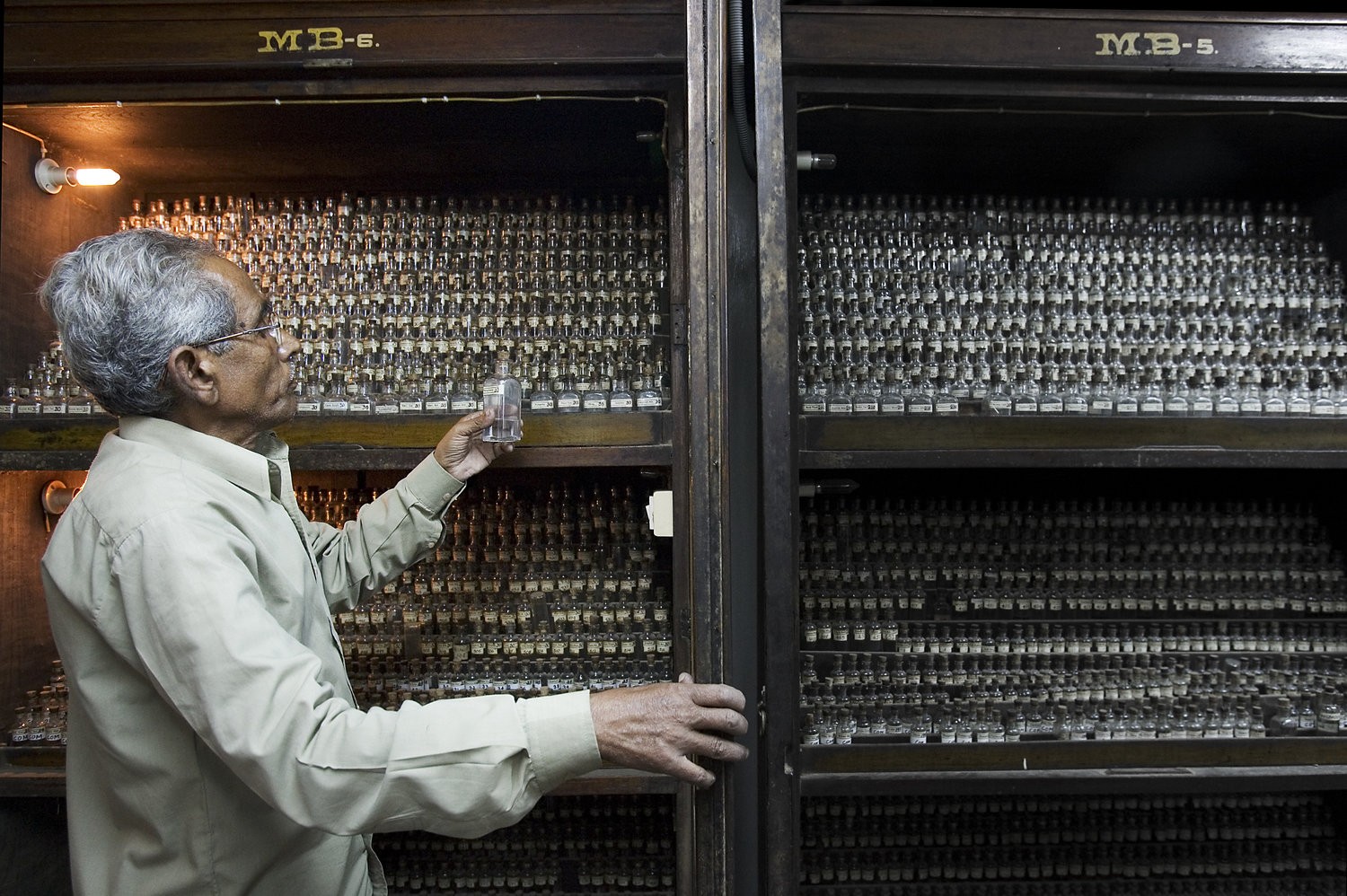
HOW HOMOEOPATHY WAS BORN
It took me a while to get to the root of the question – does homoeopathy work at all? I think the most comprehensive and interestingly told account was on a podcast called Skeptoid by Brian Dunning. It’s an excellent collection of everything you need to know about Homeopathy in just around 15 minutes. You should certainly check it out.
So here’s what I found out about how homoeopathy came into existence.
Back in the 1700s, the prevalent medical treatments of the time involved balancing the four humours: blood, phlegm, black bile and yellow bile. The prevailing theory was that sickness was caused by an imbalance of these “humours”, which wasn’t at all funny because the way to balance them was primarily through bloodletting, leeching, or purging. If you’re wondering if these words mean what you think, they do. They were all about somehow getting rid of some of the fluids to blame for the disease, whether it was the blood by opening a vein and letting it flow out of the victim or more slowly by using a leach. Enemas, vomiting and sweating were other ways of getting rid of these diseases. Of course, these did work some of the time if the patient had a condition that called for such treatment. However, many ended up dying due to malnutrition, dehydration or loss of blood. Or all of the above.
Out of these archaic so-called medical practices, a German physician called Samuel Hahnemann found a treatment that didn’t at all affect his patients adversely. He called it Homoeopathy. The theory was published in 1807 and was governed by a couple of laws:
-
-
Law of similars: which basically states that like cures like. He claimed that if you use a toxin that causes certain effects on a person, that same toxin can be used to alleviate those symptoms, but only if it was diluted very thoroughly
-
The Law of Infinitesimals: The more dilute the solution was, the more profound would be its ability to balance the humours.
-
So, as you can see, this does sound somewhat similar to how vaccines work – where a weaker version of a virus is injected into a person to teach the immune system to fight the disease. And vaccines work brilliantly!
HOW HOMOEOPATHIC REMEDIES ARE MADE
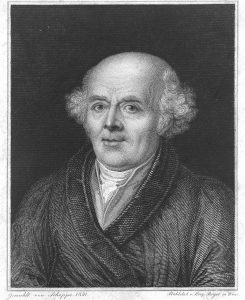
However, homoeopathy is different in a fundamental way. The solutions are so dilute, there’s almost no chance that even a molecule of the original toxin remains in the final product. How? To show you how this works, I’ll quote Brian Dunning from Skeptoid.com, who explains it particularly well:
Dilutions of homoeopathic products that are sold today usually range from 6X to 30X. This is homoeopathy’s system for measuring the dilution, and it doesn’t mean 1 part in 6 or 1 part in 30. X represents the roman numeral 10. A 6X dilution means one part in 106 or one in one million. A 30X dilution means one part in 1030 or one followed by 30 zeros. A few products are even marketed using the C scale, Roman numeral 100. 30C is 10030. That’s a staggering number; it’s 1 followed by 60 zeros, about the number of atoms in our galaxy. In 1807, they knew more about mathematics and chemistry than they did about medicine, and it was known that there is a maximum dilution possible in chemistry. Some decades later it was learned that this proportion is related to Avogadro’s constant, about 6 × 1023. Beyond this limit, where many of Hahnemann’s dilutions lay, they are in fact no longer dilutions but are chemically considered to be pure water. So Hahnemann designed a workaround. Hahnemann thought that if a solution was agitated enough, the water would retain a spiritual imprint of the original substance, and could then be diluted without limit. The water is often added to sugar pills for remedies designed to be taken in a pill form. So when you buy homoeopathic pills sold today, you’re actually buying sugar, water, or alcohol that’s “channelling” (for lack of a better term) some described substance. The substance itself no longer remains, except for a few millionth-part molecules in the lowest dilutions.
Let’s look again at Avogadro’s number. 6 × 1023 atoms are called a mole, a term any chemistry student is familiar with. How big is that number? Well, if you had 500 sheets of paper, you’d have a stack about two and a half inches high, like a ream that you’d buy at the stationery store. If you had 6 × 1023 sheets of paper, your stack would reach all the way from the Earth to the Sun. And not only that: it would reach that distance four hundred million times. Think about that for a moment. One sheet of paper, in a stack that’s 400,000,000 times the distance from the Earth to the Sun. That’s a typical homoeopathic dilution. Sounds pretty potent, doesn’t it?
Quackwatch has another way of putting it. Here’s an excerpt from their article, Homeopathy: The Ultimate Fake by Stephen Barrett MD:
Robert L Park, Ph.D., a prominent physicist who is executive director of The American Physical Society, has noted that since the least amount of a substance in a solution is one molecule, a 30C solution would have to have at least one molecule of the original substance dissolved in a minimum of 1,000,000,000,000,000,000,000,000,000,000,000,000,000,000,000,000,000,000,000,000 molecules of water. This would require a container more than 30,000,000,000 times the size of the Earth.
That’s really hard to wrap your head around, isn’t it? To put it in simpler terms, the amount of dilution any substance goes through in homoeopathy makes it almost impossible to find even a single molecule of the original material in the final product. Simpler still, none of the original substance will find its way into your regime of treatments.
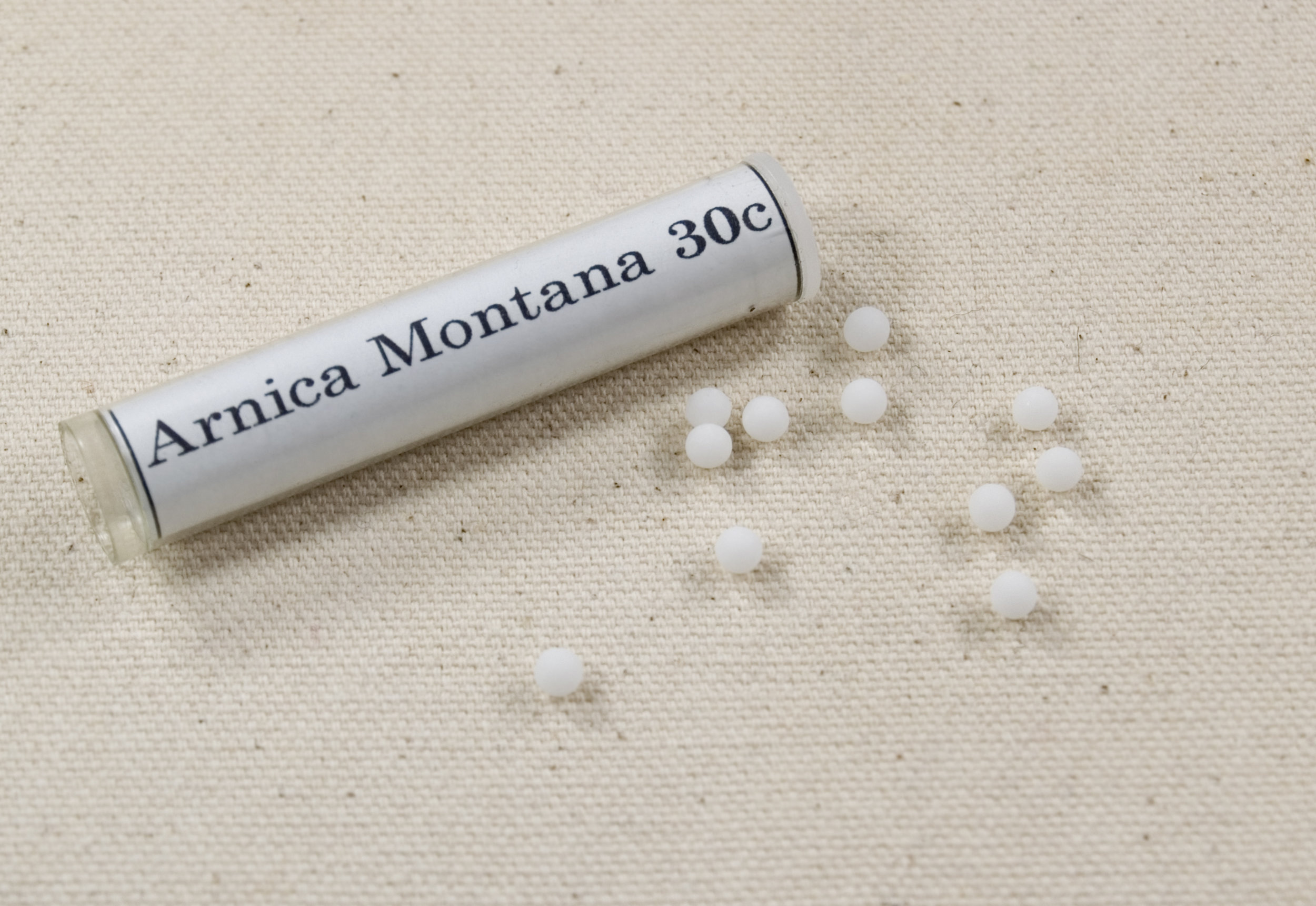
HOW DO THE TREATMENTS WORK THEN?
According to Hahnemann, the process of diluting and shaking the concoction (potentization) imprints the essence of the substance onto the water molecules, which then interacts with the body’s “vital force”.
It does seem a bit spiritual, doesn’t it? So is homoeopathy a spiritual medicine? It certainly seems so, even though I don’t think many people would believe that. However, there is another explanation that I’ve heard.
WATER HAS MEMORY …
Apparently, water can “remember”, or retain the spiritual imprint of the substance that has been in it, and that is what helps treat you.
A French scientist by the name of Jacques Benveniste published a study in the science journal Nature in 1988. This caused quite a ruckus in the scientific community as it didn’t seem plausible. But as the study methodology seemed sound, the journal had published it. But it did come with a note from the editor, John Maddox, asking people to “suspend judgement” until the study was replicated.
In brief, the study took human antibodies, put them a test tube, shook it thoroughly and then diluted it to a point where not even a molecule of the first sample would be present. The team reported that when human basophils were exposed to this water, they reacted as if there was an allergic reaction.
When the time came, John Maddox along with magician and paranormal researcher, James ‘The Amazing’ Randi, and Walter W Stewart, a chemist, set up the study. They noticed that Benveniste‘s team knew where the vials with the first solutions were. Therefore, they decided to make the study double-blinded – meaning none of the researchers, or the team from Nature, would possibly know which test tube or vial was which, and went to elaborate lengths to ensure there was no cheating.
Long story short, the study came out negative, showing no effects at all. Benveniste‘s study had been debunked.
THE EVIDENCE
There have been literally hundreds of studies done to test homoeopathy. Every single meta-analysis and systematic review of the research published has come back with results claiming homoeopathy works no better than a placebo. There were quite a few studies that showed homoeopathy is better than placebo, but after analysing them, it was found that either their sample sizes were tiny or their methods were questionable.
There are way too many studies and reviews to go into each of them or even describe them in brief. However, the entry in Wikipedia has an excellent overview of the evidence along with all the links to the studies, if you want to dig deeper.

SO WHY DO SO MANY PEOPLE SWEAR BY HOMOEOPATHY?
This is probably the most critical question here. After my faith in homoeopathy had been shaken, I shared what I had found, hoping my friends would see that they had been fooled just like I had been. I wasn’t ready for their responses. They defended homoeopathy quite aggressively. It felt like I had offended them by saying their beloved alternative medicine didn’t have any evidence behind it.
However, I want nothing more than to share what I’ve found and ask you to consider the evidence. So, if I’ve angered and offended you in some way, and you think homoeopathy does indeed work, let’s have a civil discussion about where you think I’ve gone wrong.
Still, let’s try and figure out why it seems to work so well:
-
Natural healing: More often than not, our immune systems and other healing processes in our bodies heal many disorders naturally. If one takes homoeopathy and the body heals itself in the meanwhile, of course, the former gets all the praise. One way you can observe this is when a homoeopathic doctor or follower says something like, “It’s only effective if you take it for over a long period”. For many conditions, this gives the body enough time to heal by itself, but homoeopathy gets the credit. Unfortunately, this doesn’t happen for chronic or serious diseases.
-
The placebo effect: This is a very profound and still slightly mysterious phenomenon. The placebo effect is when a sick person feels better when they have been given a fake treatment. A few examples of this are sugar pills, saline drips or injections, or even sham surgeries. It has been found that these treatments really do help patients feel better. The more severe the intervention, the more profound the effect. However, it’s essential to remember that the effects are temporary. If a patient has a chronic condition or a severe disease that isn’t going away, the sickness will return eventually. And not everyone feels the effect of the placebo. That’s why medicines are tested in Randomized Controlled Trials (RCT) – Randomized meaning there is a random selection of people participating in the test; Controlled meaning people are assigned to get either the placebo or the real medicine in such a way that neither the testers nor the people in the trial know which one they are getting. Then, the scientists unveil the results and see which people got the placebo and which didn’t. If the group who got the real medicine show marked improvement, the medicine being tested is a success. If not, it’s deemed only as effective as the placebo and rejected. (Of course, these trials have to be done multiple times by independent groups on different populations over a long period before the medicine is allowed to come to the market). The high-quality studies that tested homoeopathy in RCTs found they were no better than placebo, which means they don’t really have any significant effect at all.
-
Regression towards the mean: We sometimes suffer from conditions that may not have a cause. They come, and they go. For example, headaches, allergies, rashes or itches etc. These are usually the natural process and reactions of the body, and they tend to go away. If you have a sudden, acute response, it could get aggressive and then subside and disappear. If you have a chronic condition that lasts for a long time, there will be times when it gets better and then becomes worse. Regression towards the mean is what this natural variation is called. If you have a homoeopathic remedy and your symptoms subside, it could either be the placebo effect or merely a regression towards the mean.
-
Confirmation bias: When I was biased about the Ketogenic Diet, it seemed that, everywhere I looked, I found evidence that confirmed my beliefs that keto worked. When one is convinced about an idea, the mind selectively finds reasons to reinforce it. Similarly, it’s likely that firm believers in homoeopathy would count all the times the treatments made them feel better but subconsciously forget the times it didn’t.
-
Misdiagnosis: It’s also possible that a misdiagnosed condition could make it seem more severe than it is. And then, when you got better, you gave homoeopathy the credit.
-
Standard medicine: Many people take conventional medicine along with homoeopathy if they believe in it. Doctors are reluctant to stop them from taking it because, if it makes their patients feel better, even if it’s due to the placebo effect, it’s worth it because it could help them stick to their prescriptions. Of course, when they get cured, chances are they’ll give homoeopathy credit rather than the medication.
-
Stopping an unpleasant treatment: Sometimes treatments for specific diseases can have unpleasant side-effects. If someone ends that treatment and uses homoeopathy instead, the side-effects will wear off. And, as homoeopathy has no known side-effects, it will get the credit in making them feel better.

HOMOEOPATHIC HEALING OF INFANTS AND PETS
Some have said that homoeopathy treated an infant or a pet. After all, since they don’t know what homoeopathy is, how can they possibly be susceptible to the placebo effect?
They do seem to have a point. But since we have established that homoeopathy doesn’t work, there must be something else at play here. The placebo effect and confirmation bias work here too, just as they do in adult humans. When a child or a pet is given homoeopathic remedies, the way they are treated by the parent or the master could also affect how they feel. Especially when they are cuddled or cared for more, they would feel better. Animals and children can also recover naturally from mild infections and transient conditions like rashes given enough time.
Another critical factor is the parents’/owners’ confirmation bias. If they are sure the remedy is helping, chances are they’ll see an improvement in their child’s or pet’s condition even if there isn’t one. Plus, the other factors I mentioned earlier also play parts here, and none of those is dependent on the child or pet’s awareness of the medicine.
HOLISTIC TREATMENT VS SYMPTOMATIC TREATMENT
Homoeopathy is said to be a holistic form of treatment, where the patients, body, mind and spirit are taken into account. Even their daily routine, diet, work life and other factors are considered when consulting a homoeopath.
On the other hand, proponents of homoeopathy and other alternative medicines say that modern medicine treats only the symptoms and not the root cause of the disease.
I feel many people take this idea for granted without really thinking about it. Modern medicine is a systematic process where a patient is asked questions about their conditions and how long they have persisted. Based on this, the patient may need to get some tests done to confirm or deny the doctor’s suspicions. These tests can reveal the root cause, and the treatment will be prescribed accordingly. For example, if you go to a doctor with a fever, he or she will ask you about it, and based on your other symptoms like maybe a cough or a cold, or an upset stomach, get in the ballpark of what kind of an infection you have. If it’s a bacterial infection, they’ll give you an antibiotic to kill the germs. If it’s a viral without any known treatment like the flu, they will probably treat it symptomatically to make sure the fever stays down. If you have something more extreme, like cancer, they might recommend surgery to get the cancerous cells out of you or to kill it with chemotherapy or radiation. That’s going down to the root cause.
On the other hand, the homoeopath will have an in-depth consultation, but the treatments they give have been formulated based only on the symptoms. They will find a toxin that causes similar symptoms and then dilute it down to nothingness before they give it to you. From whatever I’ve read, there seems to be little or no regard for specific germs, cancers, viruses or any other root causes for diseases taken into consideration. In fact, the germ theory of disease hadn’t even been formulated back when homoeopathy was first thought up by Hahnemann. How can they possibly claim to get to the root cause of any disease?
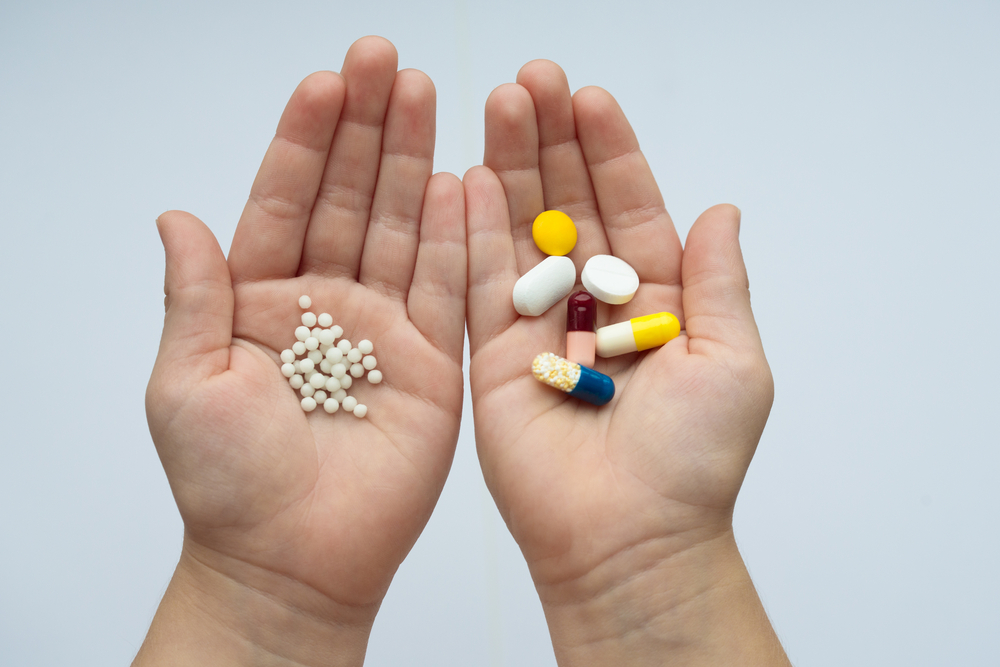
MODERN MEDICINE HAS SIDE-EFFECTS
Yes, they do. There’s no denying it. All medicines have side effects. If you look at the little leaflet inside the box or even look it up online, any drug you search for will have a list of side effects – some short, some long. And they will be divided by how common they are, as well as advice to see your physician if you experience any of these.
You see, every medicine goes through a long process of RCTs to uncover their effects and side effects in Petri dishes in the lab, to animal studies and human studies, which are conducted on a large population. This is to figure out what the effects and side effects are. A medicine that goes on the shelf is usually one that has the lowest side effects versus the most potent effects. Even if you look at chemotherapy, a treatment we all know to be harrowing for the patient, the sickness, hair falling out, loss of appetite and so on, are all preferable to dying. People go through chemotherapy to kill cancer in the most effective ways possible while still giving the patient a fighting chance to survive.
On the other hand, paracetamol, or Crocin as you might know it, are pretty safe, or so we think. We pop them without a thought if we have a headache or a fever. But they do have side effects. Here’s what I found on Drugs.com:
Rare (Side effects)
- Bloody or black, tarry stools
- bloody or cloudy urine
- fever with or without chills (not present before treatment and not caused by the condition being treated)
- pain in the lower back and/or side (severe and/or sharp)
- pinpoint red spots on the skin
- skin rash, hives, or itching
- sore throat (not present before treatment and not caused by the condition being treated)
- sores, ulcers, or white spots on the lips or in the mouth
- sudden decrease in the amount of urine
- unusual bleeding or bruising
- unusual tiredness or weakness
- yellow eyes or skin
As you can see, these are pretty rare and most people won’t be affected by any of it. But it’s important to know about these, just in case you’re the one in a million who does. Dr Shantanu Abhyankar, a renowned, practising Obstetrician and Gynaecologist based in Wai, Maharashtra, talked about this in his TEDxPICT talk:
“In fact, modern medicine has devised methods to document, study and, as far as possible, mitigate these side effects. We are open, we are frank. Which is not the case with many other “pathies”. And come to think of it, side effects need to be compared with what you are going to use that particular product for. Oral contraceptive pills have side effects, but then you have to compare the side effects of oral contraceptive pills with the side effects of not using oral contraceptive pills. If you use oral contraceptive pills, you get contraceptive action and a few side effects. But if you don’t use them, then maybe you’re faced with an unwanted pregnancy. You have to undergo the trouble of eliminating that unwanted pregnancy or add in the socio-economic burden of continuing an unplanned pregnancy. Finally, not all side-effects are bad. Take the same example of oral contraceptive pills. Women who take oral contraceptive pills are protected against endometrial cancer, ovarian cancer and so many other disorders. Women who take oral contraceptive pills have less menstrual blood flow, which is a boon to already anaemic Indian women. So, it’s not that all side effects are bad. In fact, when somebody claims that a “pathy” [referring to forms of medicine like allopathy, naturopathy or homoeopathy] doesn’t have any side effects, it probably means that there is no effect at all. Or it probably means that there is no drug at all.”
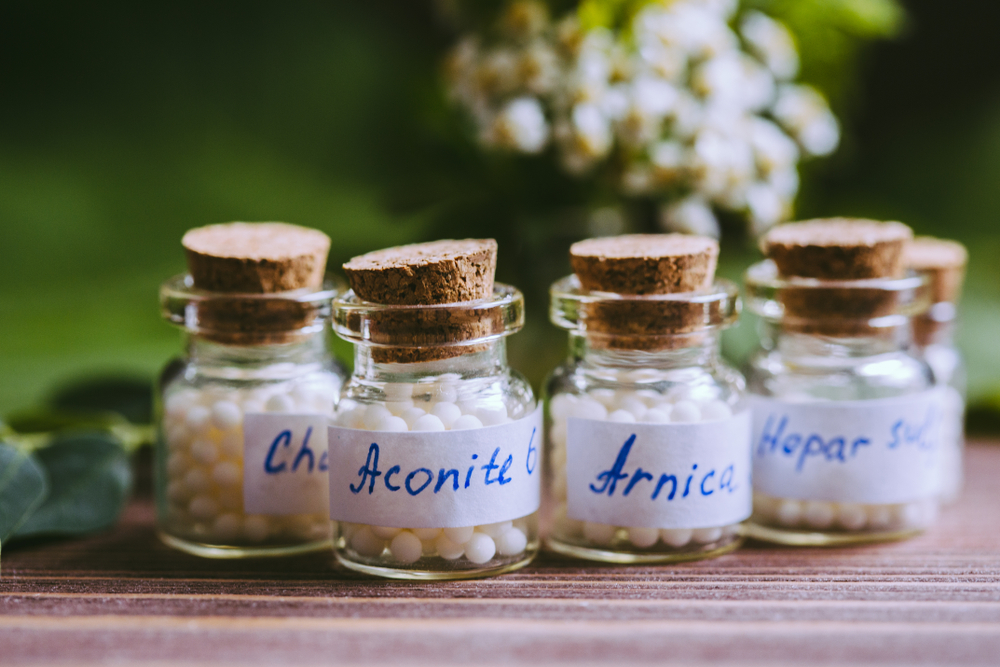
BIG PHARMA
The Big Pharma conspiracy theories are at another level. According to some, modern medicine is just a profit-centred industry bent on keeping you sick. Alternative therapies like homoeopathy are nobler and want the best for you, and not for their pockets.
However, there are massive, multi-national, profit-led homoeopathic companies as well, and they get their merchandise stocked in major pharmacies worldwide. In India, the market for homoeopathy, according to one source, is Rs. 2,758 crores and predicted to grow 30% each year! Sure, it’s nowhere close to mainstream pharmaceuticals, but that seems to be changing. They don’t sound like the underdog to me, especially when they are being promoted by the government so aggressively through the AYUSH initiative.
ALLOPATHY
You may have noticed how I’m avoided using the word “Allopathy” in this article. The term is used to describe mainstream medicine now. Dr Shantanu Abhyankar described the origins of the word first coined by Samuel Hahnemann:
“He coined [allopathy] as a derogatory word to describe the practices that were prevalent then. And the practices were very bad. Allopathy means the hodgepodge mixtures being administered to cure whatever conditions came your way [sic]. Usually, bloodletting was very common and was offered for every disorder. But then, over the years, keeping in step with the science, allopathy has completely changed, and what allopathy was described for the practices then prevalent is totally misfit today [sic]. Today’s allopathy is no allopathy at all.”
Modern medicine has come so far from its archaic practices. This is because, in the pursuit of finding the secrets of human health, medicine has used science to ascertain what works and what doesn’t. In this process, our life-expectancy has soared and infant deaths have been minimised. Many diseases have even been considered eradicated! Now, AIDS is no longer a death sentence, and neither is cancer. This is all because of scientific progress and the evolution of evidence-based medicine.
CONCLUSION
Here I am, a decade later, seeing homoeopathy from a completely different perspective than what I used to. It’s probably one of the most profound discoveries in my life and has been one of the factors that have led me to question everything, including, most importantly, myself.
Now, homoeopathy has become one of the most studied fields in the world, with an impenetrable mountain of evidence that has piled up against its claims. These studies have been done by many independent teams and analysed and reviewed by some of the most reliable scientific organisations in the world. There’s just no denying it. There is no evidence for it working…ever. Why? Because it’s just water. And if it’s brought into contact with sugar, it somehow transfers its memories to it. The more I think about it, the more implausible it sounds.
And it’s not just me. Many governmental bodies like UK’s National Health Service (NHS), The American Medical Association, the FASEB and National Health and Medical Research Council of Australia, have stated that there is no evidence to support the use of homoeopathic treatments. Even representatives of the WHO have said that homoeopathic remedies should not be used to treat tuberculosis or diarrhoea.
So, what do you think? Is it worth your time and money to buy water and sugar pills that have shown no evidence of working, or would you instead go to a regular doctor and get real medication that has a good chance of treating you? I, for one, will be going to the latter.
CRITICAL TOOLS
-
-
Reliable sources: The most critical tools I used to get to the bottom of this topic was to find as many reliable sources that I could find who spoke about homoeopathy. They are all linked to relevant sections in the article. What makes them reliable? They consistently interpret real scientific evidence to support their statements and reviews.
-
Independent sources: I also look for sources that are not associated with one another so there is little to no chance of this information being propaganda.
-
Conflicting Sources: I’ve also tried to find sources that at pro-homoeopathic so that I can see if their evidence is any more compelling than the other side. This adds a level of falsifiability to the claims and simultaneously challenges my beliefs.
-
Until next time, I wish you good health and rationable thoughts.
FURTHER READING
Picture credits:
Wellcome Library, London. Wellcome Images images@wellcome.ac.uk http://wellcomeimages.org Samuel Christian Friedrich Hahnemann. Line engraving by L. Beyer after J. Schoppe, senior, 1831. By: J. Schoppeafter: L. BeyerPublished: – Copyrighted work available under Creative Commons Attribution only licence CC BY 4.0 http://creativecommons.org/licenses/by/4.0/
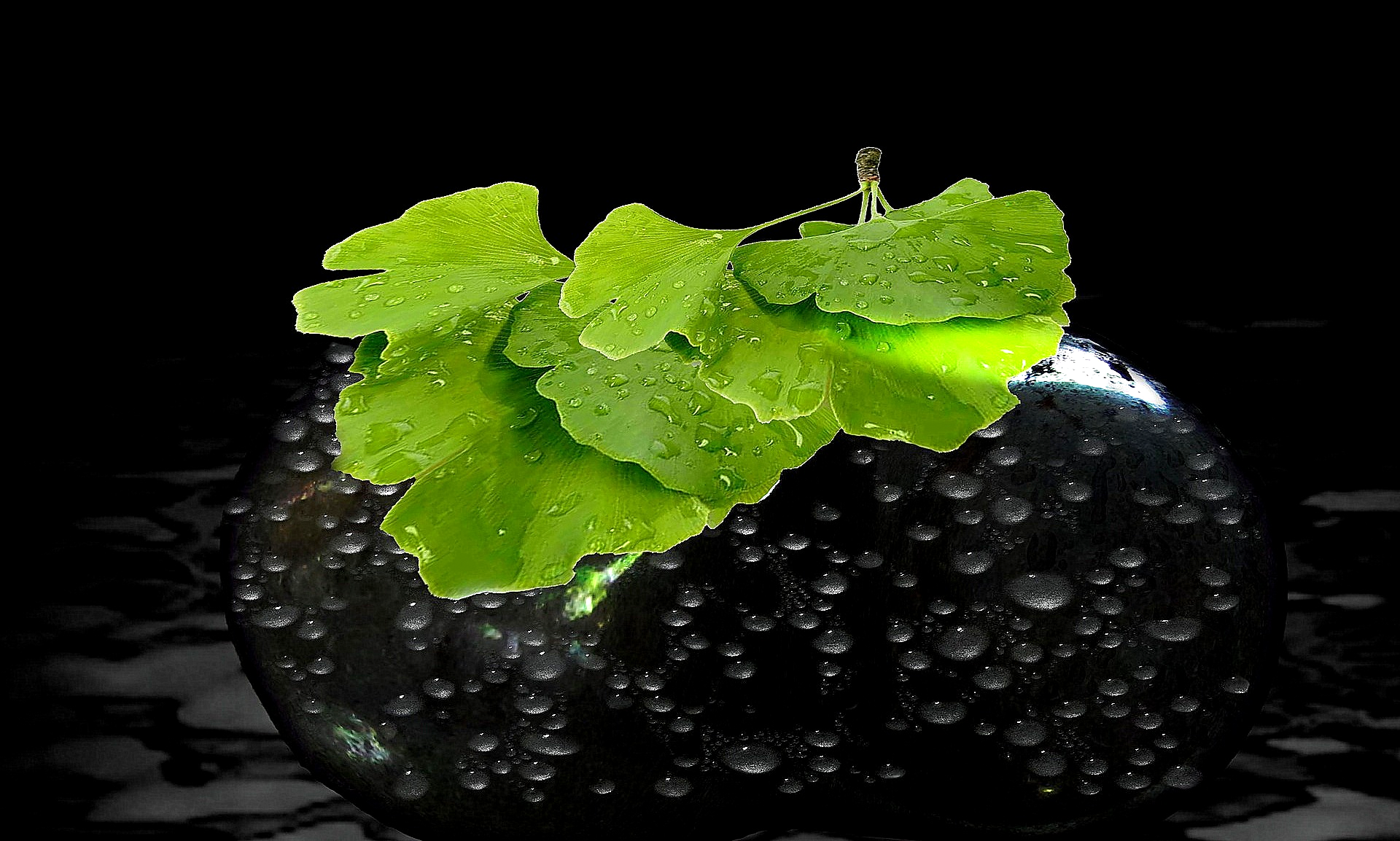

2 Replies to “Does homeopathy work? – A guest contribution by Abhijit Chanda (berationable.com)”
Comments are closed.